- What is Lunaria?
- Planting Lunaria
- Choosing a Location
- Sowing Seeds
- Watering and Care
- Thinning and Transplanting
- Conclusion
- Preparing the Soil
- 1. Clear the area
- 2. Test the soil
- 3. Amend the soil
- 4. Loosen the soil
- 5. Remove any existing plants or grass
- 6. Level the soil
- 7. Apply organic mulch
- Planting Seeds
- Preparing the Soil
- Sowing the Seeds
- Watering and Care
- Germination and Growth
- Harvesting Seeds
- Conclusion
- Transplanting Seedlings
- 1. Timing
- 2. Preparing the soil
- 3. Digging holes
- 4. Transplanting
- 5. Watering
- 6. Mulching
- 7. Care after transplanting
- Caring for Lunaria
- Watering
- How often to water
- Signs of overwatering
- Signs of underwatering
- Watering techniques
- Watering during different seasons
- Using a watering schedule
- Conclusion
- Fertilizing
- 1. Know your Lunaria’s needs
- 2. Choose the right fertilizer
- 3. Apply fertilizer at the right time
- 4. Follow proper application techniques
- 5. Monitor the plant’s response
- Pruning
- When to Prune
- Tools for Pruning
- How to Prune Lunaria
- Types of Lunaria
- Lunaria annua
- Lunaria rediviva
- Questions and Answers:
- What are the basic requirements for planting and caring for Lunaria?
- What types of Lunaria are available?
- How can I propagate Lunaria?
- How long does it take for Lunaria to flower?
- Is Lunaria a suitable plant for container gardening?
- Can Lunaria be grown in regions with harsh winters?
- Videos: Honesty (Lunaria annua) identification
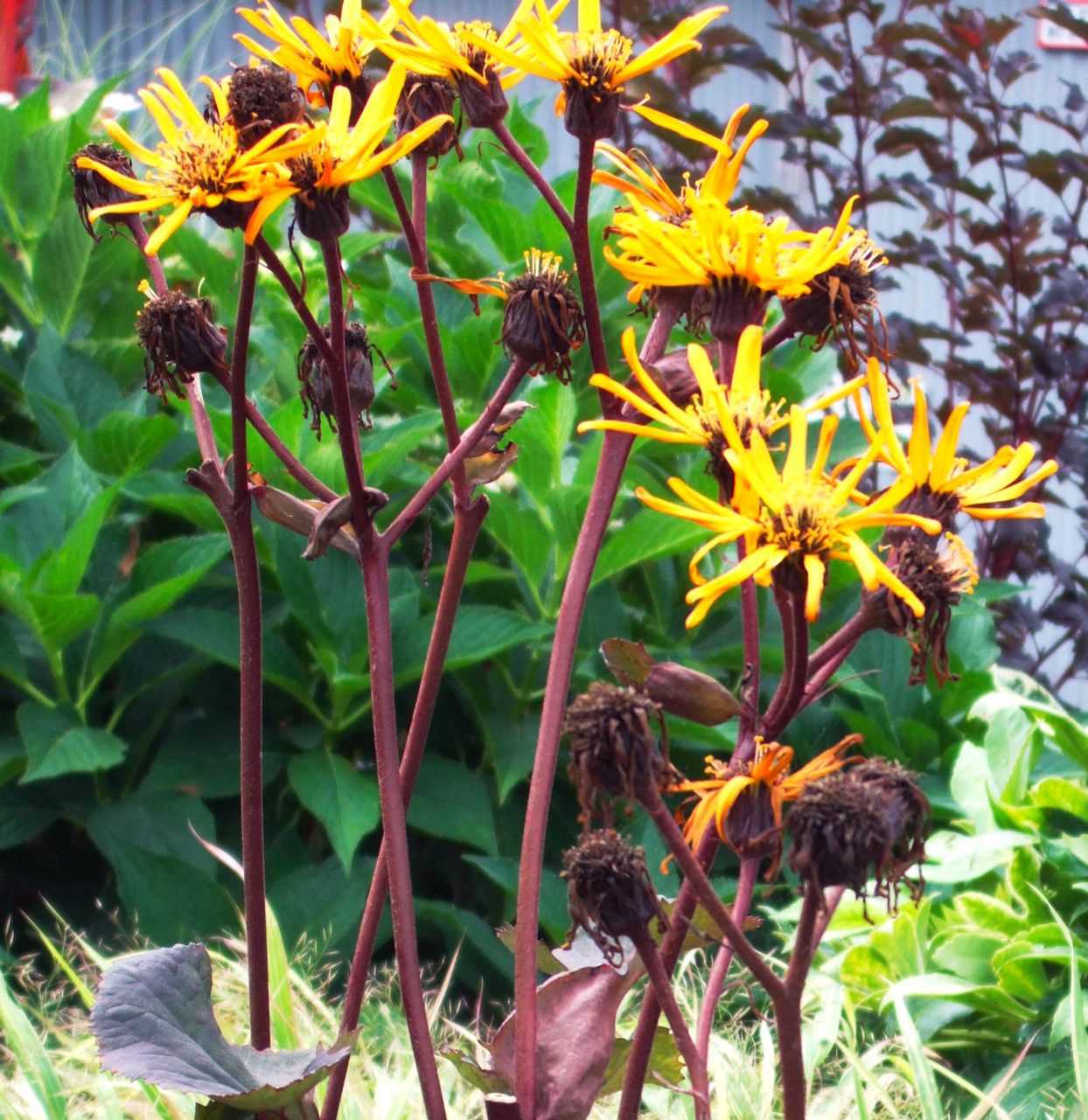
Lunaria, also known as the money plant or silver dollar plant, is a beautiful flowering plant that is popular for its unique silver-colored circular seed pods. This plant is native to the regions of Europe and Asia and is known for its ability to thrive in various growing conditions.
When it comes to planting and caring for Lunaria, there are a few important factors to consider. First, Lunaria plants prefer a sunny location with well-drained soil. It is important to provide the plant with regular watering, especially during hot, dry periods.
There are several types and varieties of Lunaria available, each with its own unique characteristics. The most common type of Lunaria is Lunaria annua, which is an annual plant that can reach up to three feet in height. This type of Lunaria produces stunning clusters of purple, pink, or white flowers in the spring.
Another variety of Lunaria is Lunaria rediviva, which is a perennial plant that can live for several years. This type of Lunaria is known for its purple flowers and large, round seed pods. Lunaria rediviva is a great choice for gardeners looking for a long-lasting and low-maintenance plant.
In conclusion, Lunaria is a beautiful and unique plant that can add a touch of elegance to any garden. With proper planting and care, this plant can thrive and provide years of beauty. Whether you choose the annual Lunaria annua or the perennial Lunaria rediviva, you are sure to enjoy the striking flowers and silver seed pods that this plant produces.
What is Lunaria?
Lunaria, also known as silver dollar plant or honesty, is a popular flowering plant that belongs to the Brassicaceae family. It is native to regions in Europe and Asia. Lunaria is appreciated for its ornamental value, especially the decorative seedpods it produces. The plant gets its common names from the round, silver-colored seedpods that resemble silver dollars or coins.
Lunaria plants are biennials, meaning they have a two-year life cycle. In the first year, Lunaria produces a basal rosette of foliage. The leaves are heart-shaped and have toothed edges. In the second year, the plant sends up tall flower stalks that can reach heights of 2 to 3 feet.
The flowers of Lunaria are small and have four petals. They come in shades of purple, pink, and white, and bloom in clusters at the top of the stalks. The flowering period typically occurs in spring, and the flowers attract pollinators such as bees and butterflies.
One of the most distinctive features of Lunaria is its seedpods. After the flowers fade, the seedpods develop and turn green. As they mature, the pods change into papery, translucent discs that are silver in color. These discs are commonly used in dried flower arrangements and crafts.
Overall, Lunaria is a versatile and attractive plant that can be grown in various garden settings. Its unique seedpods, attractive flowers, and foliage make it a popular choice for both ornamental and decorative purposes.
Planting Lunaria
Lunaria, also known as the silver dollar plant or honesty plant, is a popular biennial flower that is prized for its unique seed pods. It is native to regions of Europe and Asia and is easy to grow in most gardening zones.
Choosing a Location
Lunaria prefers full sun to partial shade, so choose a location in your garden that gets at least 6 hours of direct sunlight each day. The soil should be fertile, well-draining, and enriched with organic matter. Avoid planting Lunaria in areas with heavy clay soil or poor drainage.
Sowing Seeds
Lunaria is typically grown from seeds, which can be sown directly in the garden or started indoors. If starting indoors, sow the seeds in biodegradable pots 6-8 weeks before the last frost date in your area. Keep the soil moist and maintain a temperature of around 65°F (18°C) until the seedlings emerge.
If sowing directly in the garden, wait until after the last frost date. Prepare the soil by loosening it with a garden fork or tiller and removing any weeds or debris. Sow the seeds about 1/4 inch deep and cover lightly with soil.
Watering and Care
Keep the soil evenly moist while the seeds germinate and the seedlings establish. Once the plants are established, they are relatively drought tolerant and only need supplemental watering during dry periods.
Apply a layer of organic mulch around the plants to help retain moisture and suppress weed growth. This will also help keep the soil cool during hot summer months.
Thinning and Transplanting
When the seedlings are large enough to handle, thin them out to allow for proper spacing. Space the plants about 12-18 inches apart to ensure they have enough room to grow and spread.
If you started the seeds indoors, gradually acclimate the seedlings to outdoor conditions by exposing them to increasing amounts of sunlight and outdoor temperatures over a period of 7-10 days. Transplant them into the garden after all danger of frost has passed.
Conclusion
By following these planting tips and providing the necessary care, you can enjoy the beauty and charm of Lunaria in your garden. Whether you choose to grow it for its stunning purple or white flowers, or for its decorative seed pods, Lunaria is sure to add a unique touch to your outdoor space. Happy planting!
Preparing the Soil
Before planting lunaria, it is important to prepare the soil to provide the best growing conditions for this plant. Here are the steps to follow:
1. Clear the area
Start by clearing the area where you plan to plant the lunaria. Remove any weeds, rocks, or debris that may hinder the growth of the plants. This will create a clean and open space for the lunaria to thrive.
2. Test the soil
It is recommended to test the soil to determine its pH level and nutrient content. Lunaria prefers slightly alkaline soil with a pH range of 6.5 to 7.5. Additionally, the soil should be well-drained to prevent waterlogging, which can lead to root rot.
3. Amend the soil
Based on the soil test results, you may need to amend the soil to create the ideal growing conditions for lunaria. If the soil is too acidic, you can add lime to raise the pH level. Alternatively, if the soil is too alkaline, sulfur can be added to lower the pH. Adding organic matter such as compost or well-rotted manure will also improve the soil structure and fertility.
4. Loosen the soil
Using a garden fork or a tiller, loosen the soil to a depth of 12-18 inches (30-45 cm). This will improve the soil’s ability to drain excess water and allow the lunaria roots to penetrate easily.
5. Remove any existing plants or grass
If there are any existing plants or grass in the planting area, remove them to prevent competition for nutrients and sunlight. Use a shovel or a spade to remove the plants along with their roots.
6. Level the soil
Using a rake, level the soil surface to ensure an even planting area. This will help in the establishment of lunaria plants and make it easier to water and maintain them.
7. Apply organic mulch
Finally, apply a layer of organic mulch, such as straw or wood chips, around the lunaria plants. This will help conserve moisture, suppress weeds, and improve the overall health of the soil.
By following these steps to prepare the soil, you will provide the lunaria plants with the optimal growing conditions necessary for their successful growth and development.
Planting Seeds
Preparing the Soil
Before planting Lunaria seeds, it is important to prepare the soil properly. Start by choosing a well-drained location with full or partial sun. Remove any weeds or grass from the area. Loosen the soil with a garden fork or tiller to a depth of 6-8 inches. This will aerate the soil and promote better root growth.
Sowing the Seeds
Once the soil is prepared, it’s time to sow the Lunaria seeds. Scatter the seeds evenly over the prepared soil. The seeds should be sown at a depth of approximately 1/4 inch. After sowing, cover the seeds lightly with soil or compost.
Watering and Care
After sowing the seeds, water the area thoroughly to ensure good seed-to-soil contact. Keep the soil consistently moist but not waterlogged. Avoid overwatering, as this can cause the seeds to rot. Once the seedlings emerge, thin them out to ensure proper spacing. Lunaria plants should be spaced about 12-18 inches apart.
Germination and Growth
Lunaria seeds typically germinate within 2-3 weeks. Once the seedlings have grown to a height of 2-3 inches, it is recommended to provide them with a balanced fertilizer to promote healthy growth. Regularly check for signs of pests or diseases and take appropriate action if necessary.
Harvesting Seeds
Lunaria plants are known for their papery silver seed pods, which are often used in dried flower arrangements. Once the seed pods have turned brown and dried out, they can be harvested. Simply cut the stalks and hang them upside down in a dry location to dry further. Once fully dried, gently shake or tap the seed pods to release the seeds.
Conclusion
Planting Lunaria seeds is a rewarding and relatively easy process. By following the right steps and providing proper care, you can enjoy beautiful Lunaria plants in your garden. Whether you’re interested in their ornamental value or planning to use their dried seed pods, Lunaria is a wonderful addition to any garden.
Transplanting Seedlings
Transplanting seedlings is a critical step in the growth process of lunaria plants. It ensures that the seedlings have enough space to develop and grow into healthy adult plants. Here are some important steps to follow when transplanting lunaria seedlings:
1. Timing
It is best to transplant lunaria seedlings when they have developed their first set of true leaves. This usually happens around 4-6 weeks after sowing the seeds. Make sure to transplant them during a mild, cloudy day to minimize stress on the plants.
2. Preparing the soil
Choose a sunny location with well-draining soil for transplanting the seedlings. Loosen the soil and remove any weeds or debris from the planting area. Adding compost or organic matter to the soil can help improve its fertility and drainage.
3. Digging holes
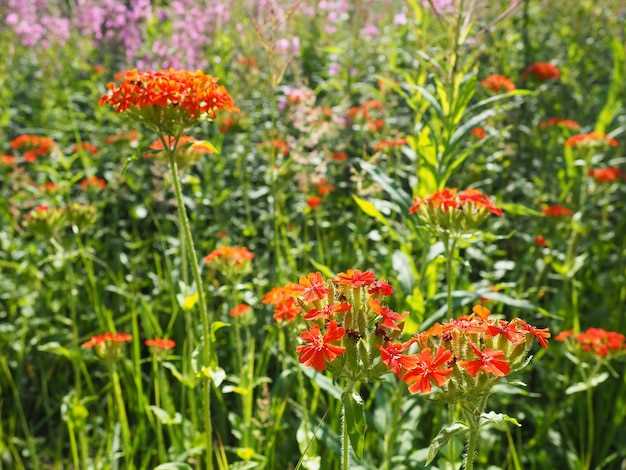

Dig holes in the prepared soil for each seedling. The holes should be slightly larger than the root ball of the seedlings to accommodate their roots. Space the holes at least 12-18 inches apart to allow for proper air circulation and growth.
4. Transplanting
Gently remove the seedlings from their original containers, being careful not to disturb the roots too much. Place each seedling in a hole and backfill with soil, firming it gently around the base of the plant. Make sure that the seedlings are at the same depth as they were in their original containers.
5. Watering
After transplanting, water the seedlings thoroughly to help them establish their roots in the new soil. Watering around the base of each plant until the soil is evenly moist is recommended. Avoid overwatering, as it can lead to root rot and other problems.
6. Mulching
Apply a layer of organic mulch around the base of the transplanted seedlings. This helps to conserve moisture, suppress weed growth, and regulate soil temperature. Make sure to leave a gap around the stem of each plant to prevent rotting and disease.
7. Care after transplanting
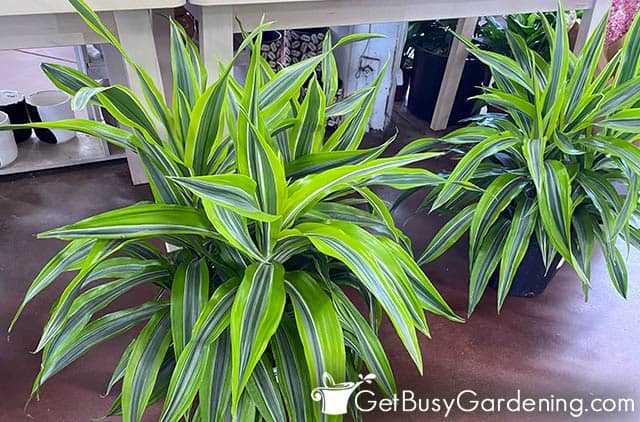

Monitor the transplanted seedlings regularly and provide them with proper care. This includes regular watering, fertilizing every 4-6 weeks with a balanced fertilizer, and protecting them from pests and diseases. Make sure to provide support, such as stakes or cages, to taller varieties to prevent them from bending or breaking.
Following these steps will help ensure successful transplanting of lunaria seedlings. With proper care and maintenance, your lunaria plants will thrive and reward you with beautiful flowers and seed pods.
Caring for Lunaria
Watering: Lunaria plants require regular watering, especially during dry periods. Water the plants thoroughly, allowing the soil to dry out slightly between waterings. Avoid overwatering as it can lead to root rot.
Light: Lunaria plants prefer full sun to partial shade. They can tolerate a wide range of light conditions, but they thrive best in bright, indirect light.
Fertilizing: Lunaria plants do not require much fertilization. However, you can feed them with a balanced, water-soluble fertilizer once a month during the growing season to promote healthy growth.
Pruning: Lunaria plants do not require regular pruning. However, you can remove any spent flowers or dead leaves to keep the plant looking tidy. If the plant becomes too large or overcrowded, you can prune it back in early spring to promote new growth.
Pests and Diseases: Lunaria plants are generally resistant to pests and diseases. However, they can occasionally be affected by aphids or powdery mildew. If you notice any signs of infestation or disease, treat the plants with an appropriate insecticide or fungicide.
Propagation: Lunaria plants can be propagated from seeds. Collect the seed pods once they turn brown and dry. Remove the seeds from the pods and plant them in well-draining soil. Keep the soil moist until the seeds germinate, which usually takes about 2-3 weeks.
Winter Care: Lunaria plants are hardy perennials that can withstand cold temperatures. However, in areas with harsh winters, it is recommended to provide some protection, such as mulching around the base of the plant, to prevent frost damage.
Harvesting: Lunaria plants are commonly grown for their attractive seed pods, which can be used in dried flower arrangements. Harvest the seed pods once they turn brown and dry, usually in late summer or early fall. Hang the seed pods upside down in a cool, dry place to dry completely before using them in floral crafts.
- Water regularly – Water the plants thoroughly and allow the soil to dry out slightly between waterings.
- Provide adequate light – Lunaria plants prefer full sun to partial shade.
- Fertilize sparingly – Feed with a balanced, water-soluble fertilizer once a month during the growing season.
- Prune as needed – Remove spent flowers and dead leaves to maintain a tidy appearance.
- Monitor for pests and diseases – Treat any infestation or disease with appropriate insecticide or fungicide.
- Propagate from seeds – Collect seed pods, remove the seeds, and plant them in well-draining soil.
- Provide winter protection – Mulch around the base of the plant in harsh winter regions.
- Harvest seed pods for dried flower arrangements – Harvest the seed pods when brown and dry, and dry them fully before using.
Watering
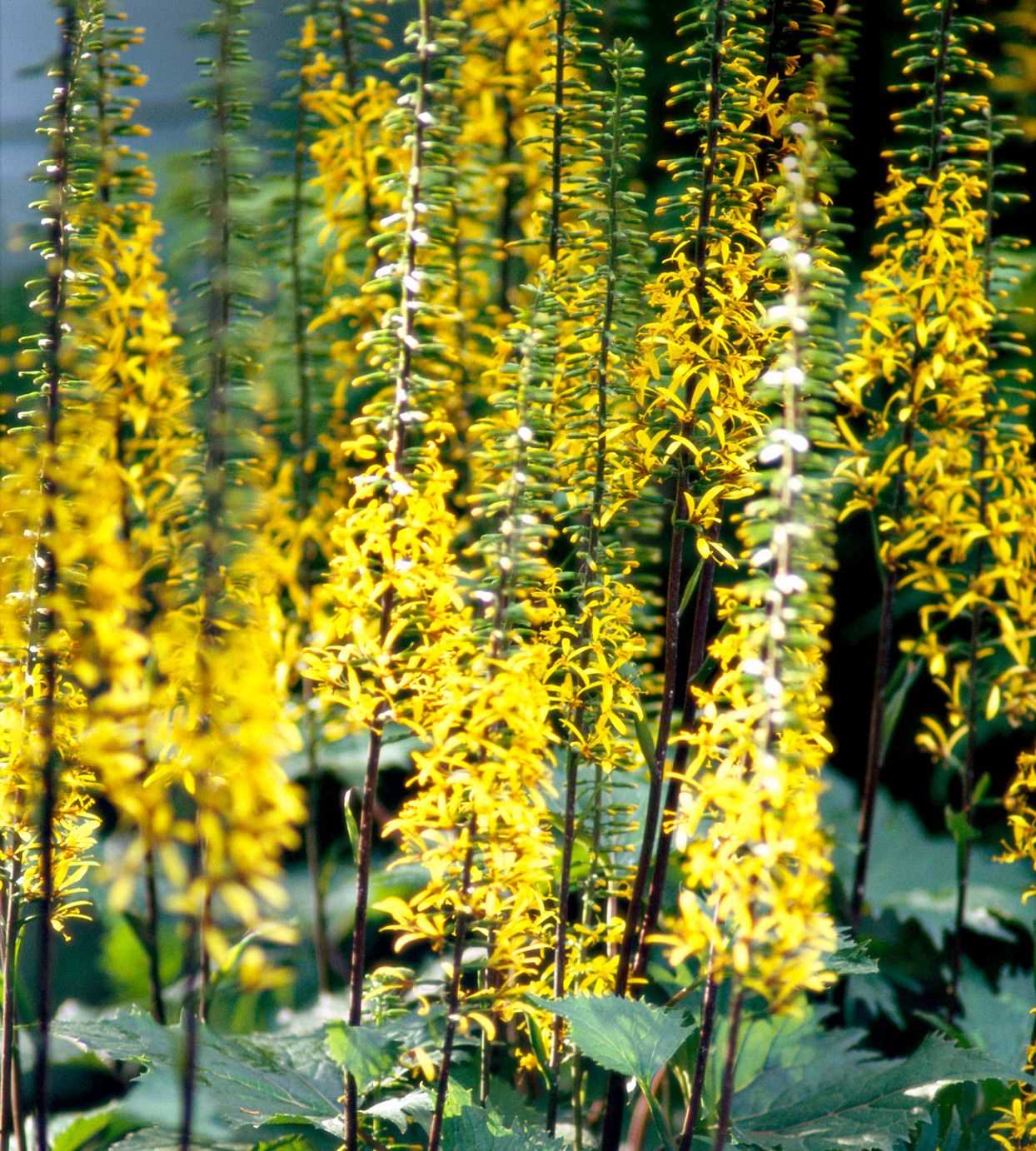

How often to water
Proper watering is crucial for the health and growth of Lunaria plants. It is important to monitor the moisture level of the soil to determine when to water. Generally, Lunaria plants should be watered every 7-10 days during the growing season. However, the frequency may vary depending on factors such as weather conditions, soil type, and plant size.
Signs of overwatering
Overwatering can be detrimental to Lunaria plants, causing root rot and other issues. It is important to avoid overwatering and ensure proper drainage. Signs of overwatering include yellowing or wilting leaves, mold or fungus on the soil surface, and a foul odor.
Signs of underwatering
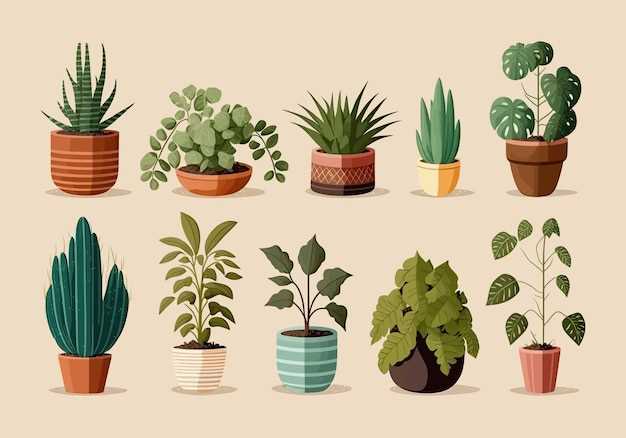

Underwatering can also negatively affect the health of Lunaria plants. Signs of underwatering include dry, shriveled or brown leaves, slow growth, and wilting. It is important to provide adequate water to prevent dehydration and promote healthy growth.
Watering techniques
When watering Lunaria plants, it is important to do so evenly and thoroughly. Here are some techniques to consider:
- Water the base of the plant, avoiding the leaves and flowers to prevent disease.
- Use a watering can or a gentle spray nozzle to ensure even distribution.
- Water until the soil is moist, but not waterlogged.
- Monitor the moisture level of the soil regularly to ensure proper hydration.
Watering during different seasons
The watering requirements of Lunaria plants may vary depending on the season:
- Spring: During the spring season, when Lunaria plants are actively growing, they may require more frequent watering to support their growth.
- Summer: In hot summer months, Lunaria plants may need more water to cope with the high temperatures. However, be cautious not to overwater as excessive heat can cause root damage.
- Fall: As temperatures start to cool down, Lunaria plants may require less frequent watering. Monitor the soil moisture and adjust watering accordingly.
- Winter: During the dormant period in winter, Lunaria plants require minimal watering. Water sparingly, allowing the soil to dry out between watering sessions.
Using a watering schedule
Establishing a watering schedule can help ensure consistent and appropriate hydration for Lunaria plants. Consider factors such as weather conditions, plant size, and soil type when creating a watering schedule. Adjust the frequency and amount of water based on the specific needs of your Lunaria plants.
Conclusion
Proper watering is essential for the health and success of Lunaria plants. Monitor the moisture level of the soil, avoid overwatering, and provide adequate hydration to promote healthy growth. Remember to adjust the watering frequency and technique based on the specific needs of your Lunaria plants and the changing seasons.
Fertilizing
Fertilizing is an important part of caring for Lunaria plants. Proper fertilization can help promote healthy growth and vibrant blooms. Here are some tips on fertilizing Lunaria:
1. Know your Lunaria’s needs
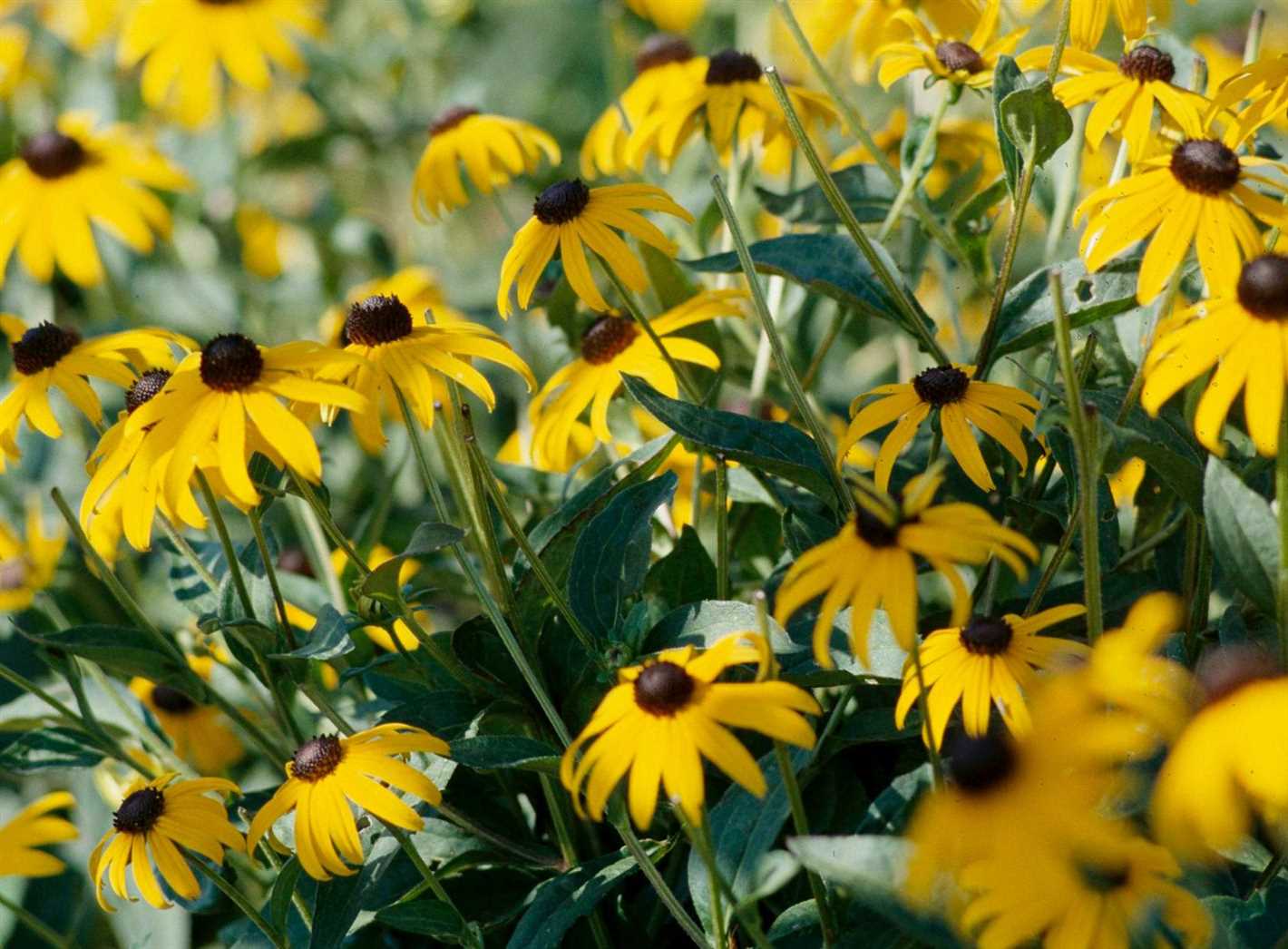

Before fertilizing your Lunaria plant, it’s important to understand its specific nutrient requirements. Lunaria plants generally prefer well-draining soil with a pH level between 6.0 and 7.0. They benefit from a balanced fertilizer that is rich in nitrogen, phosphorus, and potassium.
2. Choose the right fertilizer
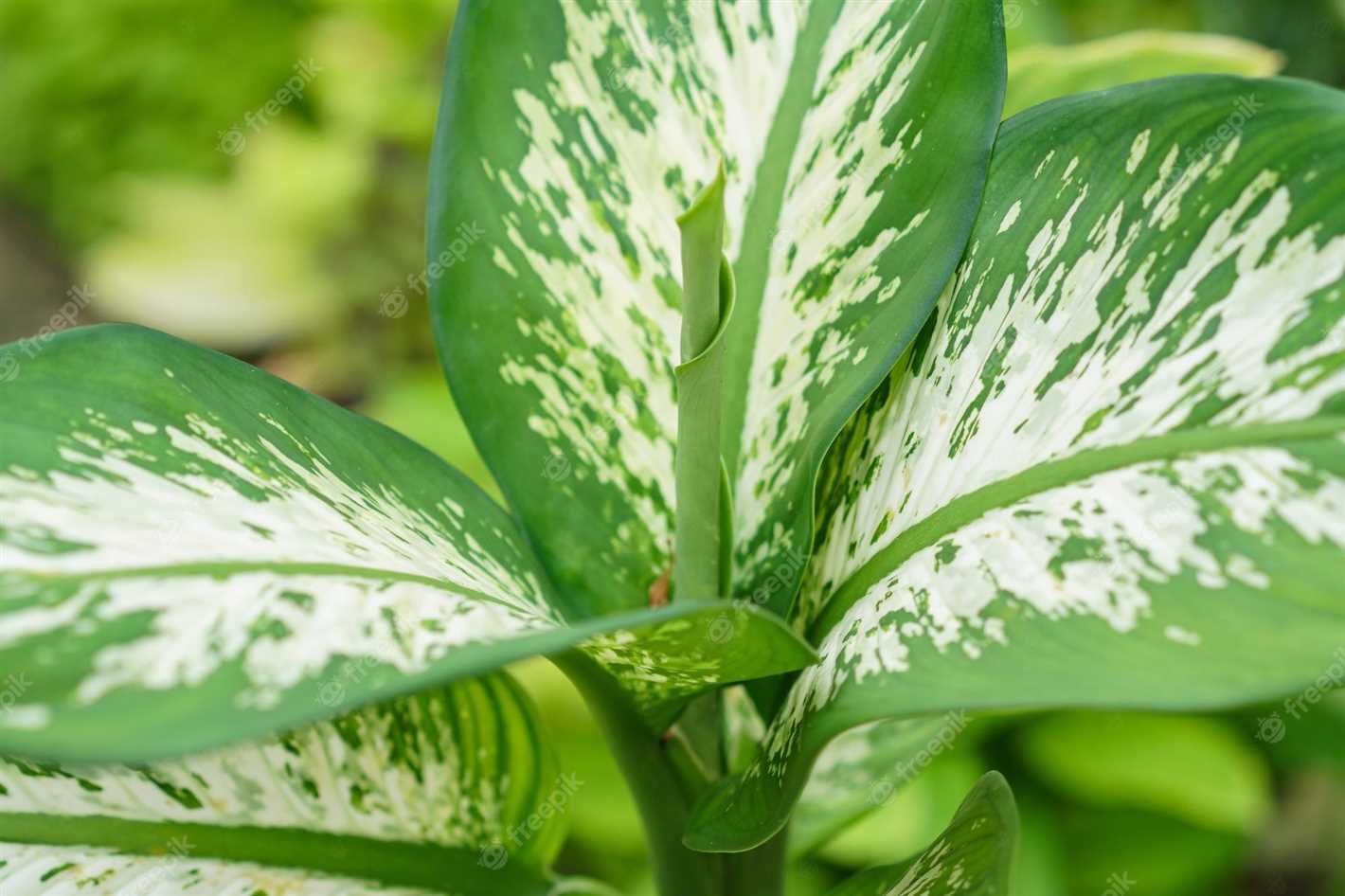

When selecting a fertilizer for Lunaria, choose one that is specifically formulated for flowering plants. Look for a fertilizer with a ratio of NPK (nitrogen, phosphorus, and potassium) that is close to 10-10-10 or 20-20-20. These ratios provide a good balance of nutrients for Lunaria plants.
3. Apply fertilizer at the right time
Lunaria plants should be fertilized during the growing season, which typically begins in the spring. Start applying fertilizer once the plant has established a strong root system, usually after the first year of growth. Avoid fertilizing during the winter months when the plant is dormant.
4. Follow proper application techniques
When applying fertilizer to Lunaria, follow the package instructions for the proper dosage and application method. It’s generally recommended to apply the fertilizer at the base of the plant, avoiding direct contact with the leaves to prevent burning.
5. Monitor the plant’s response
After applying fertilizer, monitor your Lunaria plant’s response. Look for signs of healthy growth, such as increased leaf production and vibrant blooms. If you notice any negative effects, such as leaf burn or stunted growth, adjust the fertilizer dosage or switch to a different type of fertilizer.
By following these fertilizing tips, you can help ensure the health and vitality of your Lunaria plants, leading to beautiful and abundant blooms. Remember to always read and follow the instructions on the fertilizer package for best results.
Pruning
Pruning is an essential part of lunaria care as it helps maintain the plant’s shape, improve air circulation, and remove unhealthy or diseased parts. Regular pruning also encourages the plant to produce more flowers and maintains its overall health.
When to Prune
Lunaria should be pruned during the late winter or early spring when it is dormant. This is the best time to prune as the plant is less likely to experience stress or damage. Avoid pruning during the growing season as it may hinder its blooming and growth.
Tools for Pruning
To prune lunaria effectively, you will need the following tools:
- Sharp pruning shears or secateurs
- Loppers for thicker branches
- Gloves for protection
How to Prune Lunaria
Follow these steps to prune your lunaria:
- Start by removing any dead or damaged branches. Cut them back to the healthy tissue by making a clean 45-degree angle cut.
- Next, thin out any overcrowded areas in the plant. Remove branches that are crossing or rubbing against each other to improve air circulation.
- You can also shape the plant by selectively pruning certain branches. Trim back any excessively long or unruly branches to maintain the desired shape.
- Regularly check for signs of disease or pest infestation while pruning. If you notice any affected branches, remove them immediately to prevent the spread of disease.
Remember to disinfect your pruning tools before and after use to prevent the spread of disease.
Types of Lunaria
Lunaria is a genus of flowering plants in the Brassicaceae family. There are two main types of Lunaria that are commonly cultivated: Lunaria annua and Lunaria rediviva.
Lunaria annua
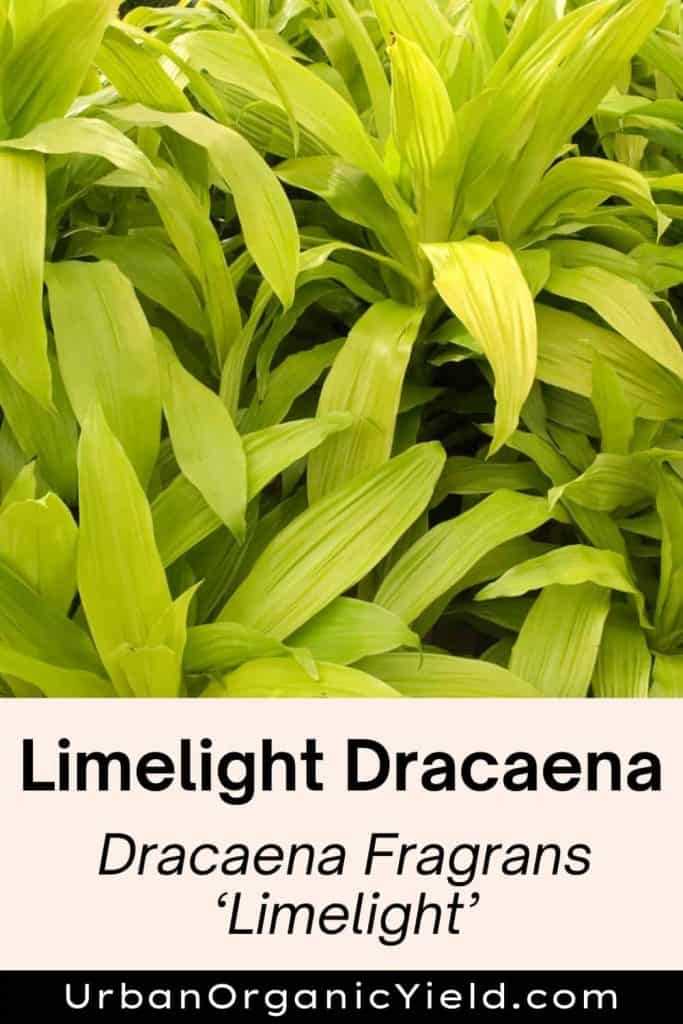

Lunaria annua, also known as honesty or silver dollar plant, is the most well-known species of Lunaria. It is an annual plant that is native to the Balkans and southwestern Asia. Lunaria annua is prized for its attractive round, translucent seed pods that resemble silver coins. These seed pods are often used in dried floral arrangements and crafts.
Lunaria annua can reach a height of 2 to 3 feet (60 to 90 cm) and produces showy clusters of purple, white, or pink flowers in late spring or early summer. The flowers are followed by the formation of the characteristic silver dollar seed pods. The plant prefers full sun to partial shade and well-draining soil.
This type of Lunaria is easy to grow from seed and self-sows readily. It is often used as an ornamental plant in cottage gardens and borders.
Lunaria rediviva
Lunaria rediviva, also known as perennial honesty or perennial silver dollar, is a perennial plant that is native to Europe. Unlike Lunaria annua, this type of Lunaria is a perennial, meaning it can live for multiple years.
Lunaria rediviva grows to a height of 2 to 4 feet (60 to 120 cm) and produces clusters of purple or white flowers in late spring or early summer. The flowers are followed by the formation of round seed pods similar to those of Lunaria annua, although smaller in size.
This type of Lunaria prefers full sun to partial shade and well-draining soil. It is a hardy plant that can tolerate a range of soil conditions and is often used in woodland gardens and naturalized areas.
| Lunaria annua | Lunaria rediviva |
|---|---|
| Annual plant | Perennial plant |
| Height: 2-3 feet (60-90 cm) | Height: 2-4 feet (60-120 cm) |
| Flowers: Purple, white, or pink | Flowers: Purple or white |
| Seed pods: Large, round, and translucent | Seed pods: Smaller, round, and translucent |
| Annual self-sower | Perennial plant |
Both Lunaria annua and Lunaria rediviva are easy to grow and can add beauty and interest to gardens and floral arrangements. Whether you choose the annual or perennial variety, Lunaria is sure to delight with its unique seed pods and lovely flowers.
Questions and Answers:
What are the basic requirements for planting and caring for Lunaria?
For planting and caring for Lunaria, you need to choose a location with well-draining soil and full sun or partial shade. The plant requires regular watering, especially during hot and dry periods. It is also important to provide support for the tall stems to prevent them from falling over. Additionally, regular pruning is necessary to maintain the plant’s shape and encourage blooming.
What types of Lunaria are available?
There are several types of Lunaria available, including Lunaria annua and Lunaria rediviva. Lunaria annua, also known as Honesty or Money Plant, is an annual species that grows up to 3 feet tall and produces purple or white flowers. Lunaria rediviva, also known as Perennial Honesty, is a perennial species that grows up to 4 feet tall and produces light purple or white flowers.
How can I propagate Lunaria?
Lunaria can be propagated through seeds or division. To propagate through seeds, collect the seed pods after they develop and dry out. Break open the pods to release the seeds and plant them in a prepared bed or container. To propagate through division, dig up an established Lunaria plant and separate the root clump into smaller sections. Replant the divisions in well-prepared soil and water thoroughly.
How long does it take for Lunaria to flower?
The flowering time of Lunaria can vary depending on the species and growing conditions. Generally, Lunaria annua starts to flower in the second year of growth, while Lunaria rediviva may take a few years to establish before flowering. However, once the plants start flowering, they usually continue to do so each year during the appropriate blooming season.
Is Lunaria a suitable plant for container gardening?
Yes, Lunaria can be grown in containers, but it is important to choose a large enough container to accommodate the plant’s tall stems and deep root system. Use a well-draining potting soil and provide regular watering to keep the plant healthy. Be aware that Lunaria can grow quite tall, so place the container in a location where it will not topple over due to wind or its own weight.
Can Lunaria be grown in regions with harsh winters?
Yes, Lunaria can be grown in regions with harsh winters, but it is important to provide some protection to the plant during freezing temperatures. Apply a layer of mulch around the base of the plant to insulate the roots and cover the plant with a frost cloth or burlap if necessary. In extremely cold climates, consider growing Lunaria as an annual or bring potted plants indoors during the winter.







